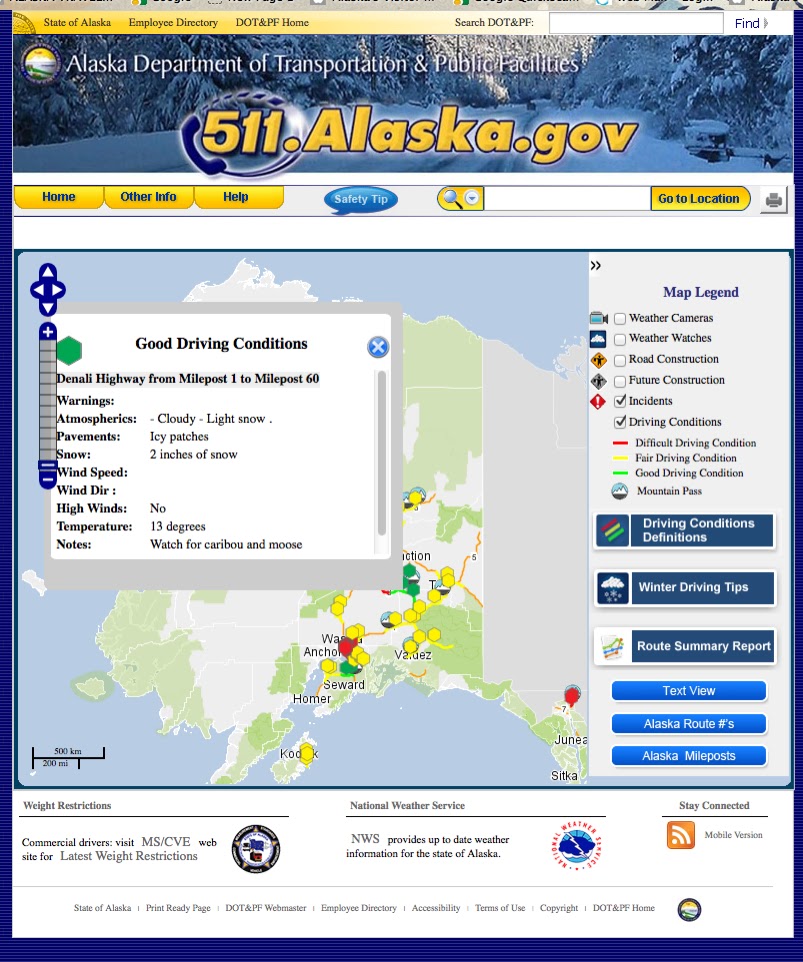Keep Your Plane Away From The Nelchina (Eureka) Fire Area Due To Flight Restrictions
Temporary Flight Restriction Implemented Over Nelchina Glacier Fire BY ALASKA DIVISION OF FORESTRY & FIRE PROTECTION on JUNE 24...
Temporary Flight Restriction Implemented Over Nelchina Glacier Fire
Yesterday, fire activity was reduced as cloud cover blanketed the fire, and humidity rose allowing firefighters the opportunity to make good progress towards protection objectives on the 2,525 acre Nelchina Glacier Fire (#226), 4 miles south of Eureka Roadhouse on the Glenn Highway. Working throughout the day yesterday, crews successfully completed placing structure protection in place around homes on the south side of Glenn Highway, near mile marker 128. Pumps and hoses were placed in the most advantageous locations to structures in order to provide the firefighters on the ground the best opportunity for success in case the fire crosses Eureka Creek and moves towards the north.
To ensure the safety of aerial firefighting operations and ground personnel, a Temporary Flight Restriction (TFR) has been established over the Nelchina Glacier Fire. The TFR is necessary to provide a secure airspace for firefighting aircraft and to protect crews working in the area. Unauthorized aircraft, including drones, are strictly prohibited from entering the restricted airspace. Violations of the TFR can endanger lives and may result in civil or criminal penalties. Authorities urge the public to respect the flight restriction and avoid the area to support ongoing firefighting efforts. For more information and specifics on the current TFR in place please visit https://tfr.faa.gov/tfr3/. The Alaska National Guard UH60 Blackhawk helicopters will continue to be a vital tool in the firefighting toolbox as they help slow the spread of the fire to the north. The Alaska National Guard helicopters will utilize their external buckets to carry 750-gallons of water to the fire line and deploy it on hot spots and areas of active flame.

Today crews will continue to scout the fire area and look for areas of opportunity to slow the spread of the fire while taking advantage of natural waterways and geographic features. Roads and local trails will also be scouted to identify routes in which firefighters may be able to access the fire if the fire activity increase and begins advancing to the west. Masticators have completed a large portion of the fuel break by removing vegetation on the south side of Glenn Highway between mile markers 129 and 133 and will continue working to meet more of their fuel reduction objectives today.
As daytime temperatures increase, smoke may be visible along the Glenn Highway between mile markers 120 and 140. The public may encounter crews, equipment and fire vehicles as they continue to work along that corridor with establishing structure protection and vegetation removal with the use of the assigned masticator. Individuals traveling on the Glenn Highway are encouraged to slow down and drive with caution in the area to ensure firefighter and public safety.















